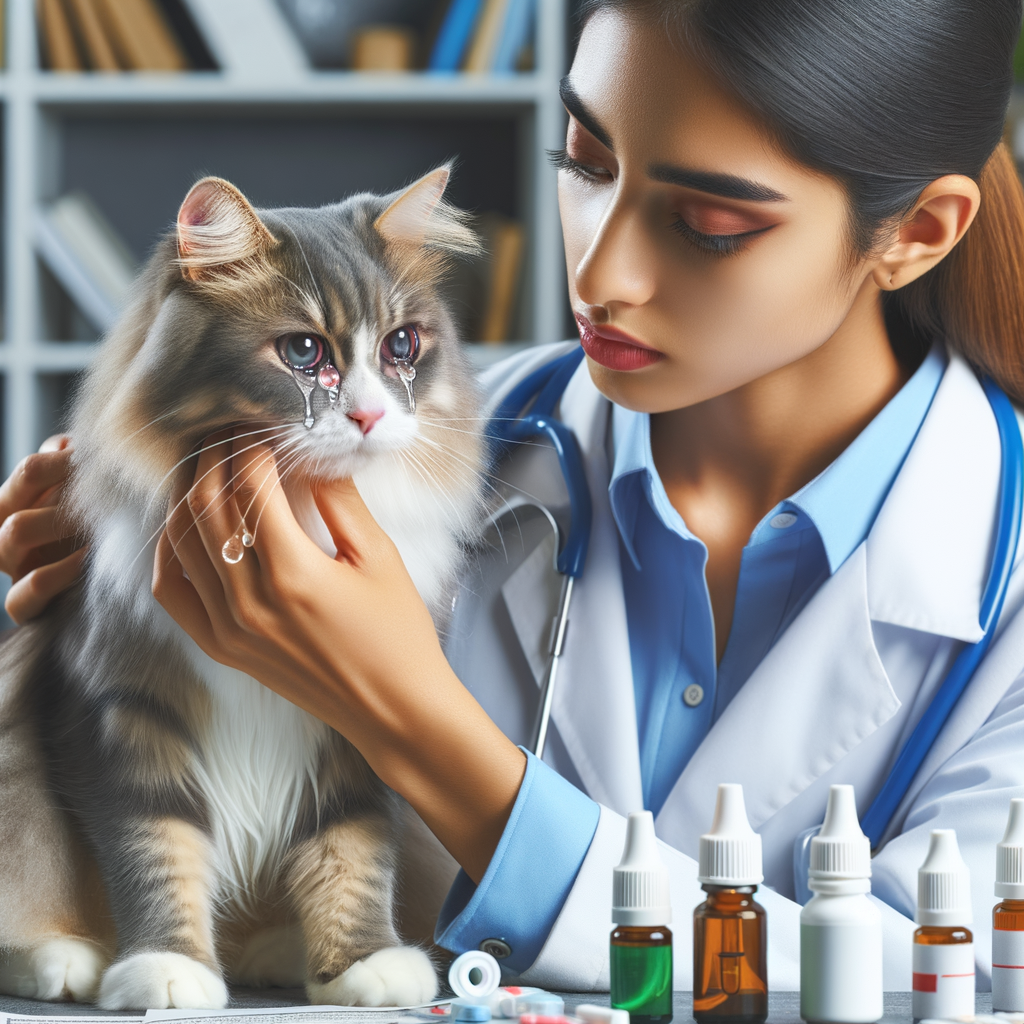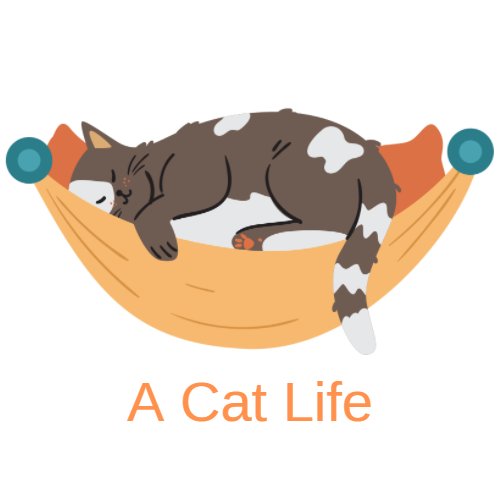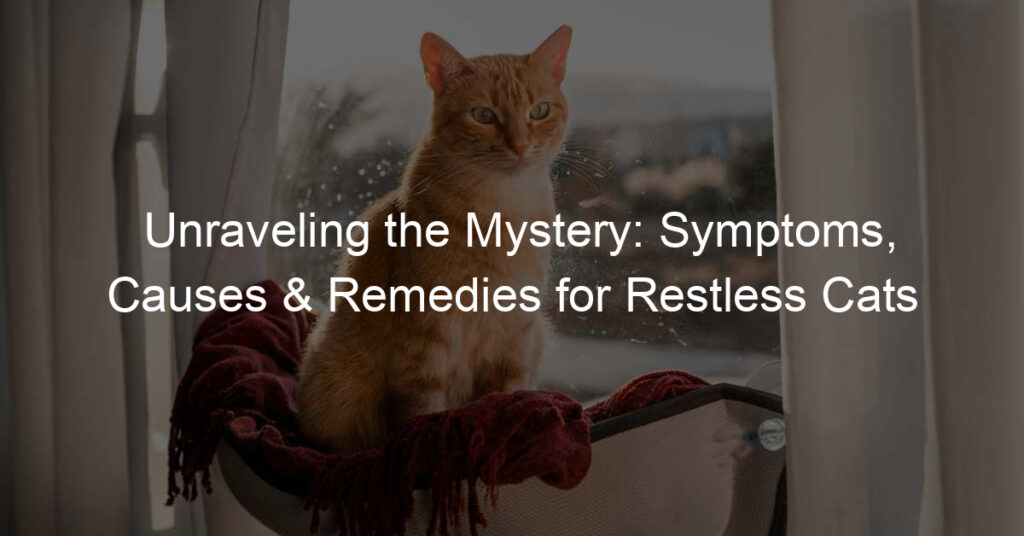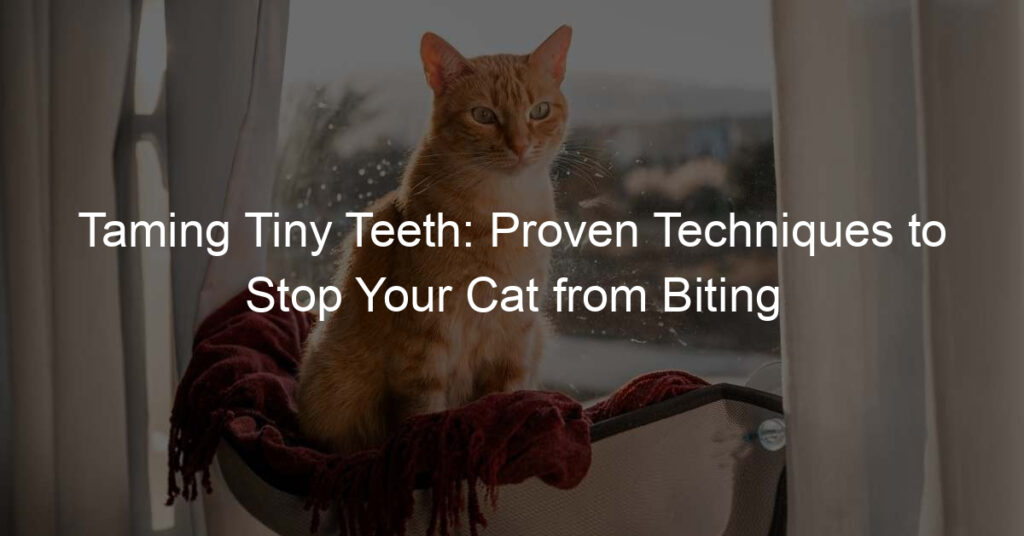
Introduction
Welcome to our comprehensive guide on cat eye health. This post is designed to provide you with clear and informative content, specifically focusing on the causes of cat eye watering. We believe that understanding your feline friend’s eye health is crucial, and we’re here to help you do just that.
- Overview of Cat Eye Health
- Importance of Understanding Cat Eye Watering Causes
Cats, like humans, rely heavily on their eyesight. Their eyes are complex and sensitive organs that require proper care and attention. Cat eye health is a broad topic that includes various aspects such as the physical structure of the eye, common eye conditions, and preventative care. It’s important to note that a cat’s eyes can tell a lot about their overall health. Changes in appearance, excessive watering, or unusual behavior can all be signs of underlying health issues.
One common issue cat owners often encounter is watery eyes. While it’s normal for cats to have a small amount of discharge from their eyes, excessive watering could indicate a problem. Understanding the causes of this symptom is vital as it can help you identify potential health issues early, seek timely veterinary care, and ensure your cat’s comfort and well-being. In the following sections, we will delve deeper into the causes, treatments, and preventative measures for watery eyes in cats.
Whether you’re a new cat owner or an experienced one, this guide will equip you with the knowledge you need to take good care of your feline friend’s eyes. So, let’s dive in and learn more about cat eye health!
Understanding Cat Eye Health
One of the most fascinating aspects of our feline friends is their eyes. The health of a cat’s eye is vital for their overall well-being. To understand the importance of cat eye health, we first need to delve into the basic anatomy of a cat’s eye.
Basic Anatomy of a Cat’s Eye
The eye of a cat is a complex organ with several key components, each serving a specific function. Let’s explore these components and their roles.
- Cornea: This is the clear, outer layer of the cat’s eye. It protects the eye and helps focus light.
- Iris: The colored part of the eye, the iris controls the amount of light that enters the eye.
- Pupil: This is the black center of the eye. It expands and contracts to control the amount of light entering the eye.
- Lens: Located behind the pupil, the lens focuses light onto the retina.
- Retina: The retina is the back part of the eye that receives the light and sends signals to the brain to create an image.
Now that we understand the key components of a cat’s eye, let’s see how a cat’s vision differs from human vision.
- Night Vision: Cats have excellent night vision. They can see clearly in nearly total darkness, which is a skill humans do not possess.
- Color Vision: Unlike humans who see a wide spectrum of colors, cats see fewer colors. They are believed to see in shades of blue and green.
- Peripheral Vision: Cats have a wider peripheral vision than humans. This helps them spot prey and predators.
Understanding the basic anatomy of a cat’s eye and how their vision differs from ours can help us better care for our feline friends. Remember, regular check-ups with a vet are crucial to maintaining your cat’s eye health.
Common Cat Eye Problems and Solutions
Our feline friends can sometimes experience eye problems. Let’s take a look at some of the most common ones and how we can help our cats get better.
-
Conjunctivitis: Causes and Treatments
Conjunctivitis, also known as pink eye, is an inflammation of the tissue that covers the front part of the eyeball and the inner part of the eyelids. It can be caused by allergies, infections, or physical injury.
Signs of conjunctivitis in cats include redness, swelling, and discharge from the eyes. If your cat shows these signs, it’s important to take them to the vet. The vet may prescribe eye drops or ointments to help reduce inflammation and treat the infection.
-
Corneal Ulcers: Causes and Treatments
A corneal ulcer is a sore on the cornea, the clear front surface of the eye. It can be caused by injury, infection, or a disease that affects the eye.
Signs of a corneal ulcer in cats include redness, tearing, and squinting. If your cat shows these signs, they need to see a vet right away. Treatment may include medication to treat the underlying cause and to help the ulcer heal. In severe cases, surgery may be needed.
-
Watery Eyes: Causes and Treatments
Watery eyes in cats can be caused by many things, including allergies, infections, and blockages in the tear ducts.
If your cat’s eyes are watering, it’s important to find out why. A vet can help figure out the cause and suggest the best treatment. This might include eye drops, medication, or in some cases, surgery.
Remember, if your cat has any eye problems, it’s always best to consult with a vet. They can provide the best advice and treatment options for your furry friend.
Causes of Watery Eyes in Cats
One of the main causes of watery eyes in cats is allergies. Allergies in cats can be triggered by a variety of factors, which we will explore in detail below.
Allergies
Allergies are a common cause of watery eyes in cats. When a cat is allergic to something, its body reacts by releasing substances that can cause inflammation and irritation. This can lead to symptoms such as watery eyes.
- Common allergens for cats
- How allergies can lead to watery eyes
Cats can be allergic to many things. Some of the most common allergens for cats include dust mites, mold spores, certain types of food, and even some types of cat litter. Other cats may be allergic to certain plants, or to the saliva or dander of other animals.
When a cat is exposed to an allergen, its body reacts by releasing substances called histamines. These histamines can cause inflammation in various parts of the body, including the eyes. This inflammation can cause the eyes to produce more tears than normal, leading to watery eyes. In some cases, the cat may also experience itching or redness around the eyes.
It’s important to remember that each cat is unique, and what causes an allergic reaction in one cat may not cause the same reaction in another. If you suspect your cat is suffering from allergies, it’s best to consult with a veterinarian for a proper diagnosis and treatment plan.
Infections
Just like humans, cats can also get infections that could lead to watery eyes. Let’s dive into the types of infections that can cause this symptom and the treatment options available.
- Types of infections that cause watery eyes
- Conjunctivitis: Also known as pink eye, this infection affects the lining of the eye and can cause watery eyes, redness, and discomfort.
- Corneal Ulcers: These are sores on the cat’s cornea, the clear front surface of the eye. They can be caused by trauma, dry eye, or an infection.
- Upper Respiratory Infections: These infections, often caused by viruses like feline herpesvirus and calicivirus, can cause watery eyes along with sneezing and nasal discharge.
- Cat eye infection treatment options
- Antibiotics: If the infection is bacterial, your vet may prescribe antibiotic eye drops or ointment.
- Antiviral Medications: If a virus is causing the infection, antiviral medications may be necessary.
- Eye Drops or Ointments: These can help soothe the eye and reduce inflammation.
- Surgery: In severe cases, such as with corneal ulcers, surgery may be required.
There are several types of infections that could cause your cat’s eyes to water. Here are a few:
When it comes to treating your cat’s eye infection, it’s crucial to consult with a vet. They may suggest one of the following treatments:
Remember, it’s important to seek professional help if you notice any changes in your cat’s eyes. Early detection and treatment can help prevent more serious problems.
Injury or Trauma
Just like humans, our feline friends can also experience injuries or trauma that can affect their eye health. In some cases, these injuries can lead to watery eyes. Let’s delve into this topic to understand it better.
- How injuries can lead to watery eyes
- Treatment and prevention of eye injuries
When a cat experiences an injury or trauma to the eye, it can result in the production of excessive tears. This is the body’s natural response to protect and heal the eye. For instance, if a cat gets a scratch on its eye, the body will produce more tears to flush out any potential harmful substances and to keep the eye lubricated. This can cause the eye to become watery. In more severe cases, the injury could lead to inflammation or infection, which can also cause the eyes to water.
Treating eye injuries in cats often involves a visit to the vet. Depending on the severity of the injury, the vet may prescribe eye drops or ointments to help heal the eye and reduce inflammation. In more serious cases, surgery may be required.
Preventing eye injuries in cats can be a bit more challenging, especially if your cat is adventurous and loves to explore. However, there are a few steps you can take to help minimize the risk. This includes keeping harmful substances out of reach, trimming your cat’s nails regularly to prevent scratches, and providing safe toys for play.
Remember, if your cat’s eyes are watery due to an injury or trauma, it’s important to seek veterinary care as soon as possible. Early treatment can help prevent further complications and ensure your cat’s eye health is maintained.
Treatments for Watery Cat Eyes
When your feline friend is experiencing watery eyes, it can be a cause for concern. However, there are several treatments available that can help alleviate this issue. Let’s explore some home remedies that you can try, as well as when it might be necessary to seek professional help.
Home Remedies for Cat Eye Watering
There are a number of safe and effective home remedies that you can try if your cat’s eyes are watering excessively. Remember, these are only suitable for minor cases. If your cat’s condition worsens or doesn’t improve, it’s time to seek professional help.
- Safe and Effective Home Remedies
- When to Seek Professional Help
One of the simplest remedies is to gently clean your cat’s eyes with a warm, damp cloth. This can help to clear away any discharge and soothe the eye area. Another option is to use a saline solution, which can help to flush out any irritants. It’s important to note that these remedies should only be used if your cat is comfortable and allows you to do so.
If your cat’s eyes continue to water excessively, or if they show signs of discomfort such as squinting, redness, or swelling, it’s time to seek professional help. A veterinarian can provide a thorough examination and determine the underlying cause of the watery eyes. They may prescribe medication or recommend other treatments depending on the severity of the condition.
Remember, your cat’s health is paramount. While home remedies can be helpful, they should never replace professional veterinary care. Always consult with a veterinarian if you’re unsure about your cat’s health or if their condition worsens.
Medical Treatments
When home remedies do not provide relief for your cat’s watery eyes, it may be time to consider medical treatments. These treatments can range from common medications to surgical options for severe cases.
- Common medications for watery eyes
- Surgical options for severe cases
There are several medications that veterinarians commonly prescribe to treat watery eyes in cats. These include eye drops and ointments that contain antibiotics to fight off infections. Some medications also contain steroids to reduce inflammation and swelling. It’s important to remember that these medications should only be used under the guidance of a veterinarian. Overuse or misuse of these medications can lead to more serious eye problems.
In severe cases where medications are not effective, surgical procedures may be necessary. These procedures can range from minor surgeries to remove foreign objects or blocked tear ducts, to more complex surgeries to correct structural problems in the eye. While surgery can sound scary, it’s important to remember that these procedures are typically very successful and can greatly improve your cat’s quality of life.
It’s crucial to consult with your veterinarian to determine the best course of treatment for your cat’s watery eyes. Every cat is unique, and what works for one may not work for another. By working closely with your vet, you can ensure that your cat gets the best possible care.
Preventing Watery Eyes in Cats
Preventing watery eyes in cats is a crucial part of maintaining their overall health. There are several steps you can take to ensure your cat’s eyes remain healthy and clear. Here are some key strategies:
- Regular Vet Check-ups
Regular visits to the vet are essential for your cat’s eye health. A professional can detect any signs of eye issues early and provide appropriate treatment. According to the American Veterinary Medical Association, cats should have at least one vet check-up per year. These check-ups can help prevent watery eyes by catching and treating potential problems before they escalate.
- Proper Hygiene Practices
Keeping your cat clean is another important step in preventing watery eyes. This includes regularly cleaning their eyes with a soft, damp cloth to remove any dirt or debris. Always use a separate cloth for each eye to avoid spreading any potential infection. Remember, never use human products on your cat’s eyes as they can cause irritation.
- Healthy Diet and Lifestyle
A healthy diet and lifestyle can also contribute to your cat’s eye health. Ensure your cat is eating a balanced diet rich in essential vitamins and minerals. Regular exercise can also help maintain overall health and prevent obesity, which can lead to various health issues, including eye problems. A study published in the Journal of Feline Medicine and Surgery found that a diet high in omega-3 fatty acids can help improve a cat’s eye health.
In conclusion, preventing watery eyes in cats involves regular vet check-ups, maintaining proper hygiene, and ensuring a healthy diet and lifestyle. By following these steps, you can help keep your cat’s eyes clear and healthy.
Conclusion
In this article, we’ve covered a lot of ground on the subject of cat eye health, particularly in relation to watery eyes in cats. Let’s take a moment to recap and emphasize the importance of proactive care for your feline friend.
- Recap of cat eye watering causes and treatments: Watery eyes in cats can be caused by a variety of factors, including allergies, infections, and physical injuries. Treatments can range from simple home remedies to more complex medical interventions. For instance, if your cat’s watery eyes are due to allergies, removing the allergen from their environment can help. If an infection is the cause, your vet may prescribe antibiotics. Remember, it’s always best to consult with a professional when it comes to your pet’s health.
- Importance of proactive cat eye health care: Proactive care is crucial in maintaining your cat’s eye health. Regular check-ups with your vet can help detect any potential issues early on, making treatment more effective. Additionally, keeping your cat’s living environment clean and free from potential irritants can help prevent issues like watery eyes. Remember, your cat’s eyes are a window to their overall health, so keeping them in good condition is vital.
Just like humans, cats can experience a variety of eye health issues. But with the right knowledge and proactive care, you can help ensure your feline friend’s eyes stay bright and healthy. Remember, when it comes to your pet’s health, it’s always better to be safe than sorry.








